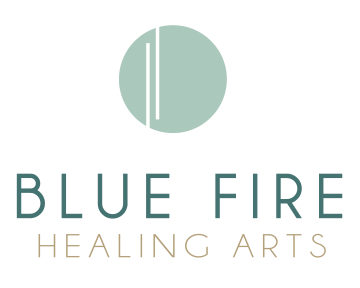In traditional Chinese medicine the organs are considered to be not only the solid structures we recognize in modern Western medicine, but also a sphere of influence that can include cellular, hormonal, muscle-skeletal, emotional, energetic, and inter-organ functions.
In traditional Chinese medicine theory there are twelve organs (zangfu), each with a yin or yang assignment which describes something important about its nature. In this article, to distinguish the Chinese medicine conception of the organs as opposed to the Western medicine conception the names of the organs will be capitalized.
Yin (zang) organs are solid organs that store qi, blood, fluids, or other substances. They generally benefit from nourishment and suffer from depletion. Yang (fu) organs are hollow and are meant to be active in transformation and movement of substances, not storage. They generally benefit from harmonizing and moving and suffer from stagnation.
The Lung, Heart, Spleen/Pancreas, Liver, Kidney, and Pericardium organs are yin. They store substances. The most Yin organ of all is the Kidneys, being the Water element, a very yin element, and located low in the body. The Kidneys store our most important substance the jing, our ancestral life-force.
The Large Intestine, Small Intestine, Stomach, Gallbladder, and Triple-Burner organs are yang. They are hollow and use the qi to digest, transform, extract nutrients, and eliminate waste.
Zangfu is an important component of diagnosis and treatment for internal medicine and of particular use with herbal medicine.
